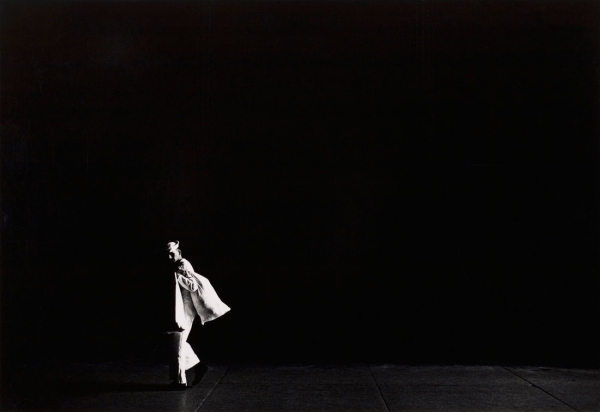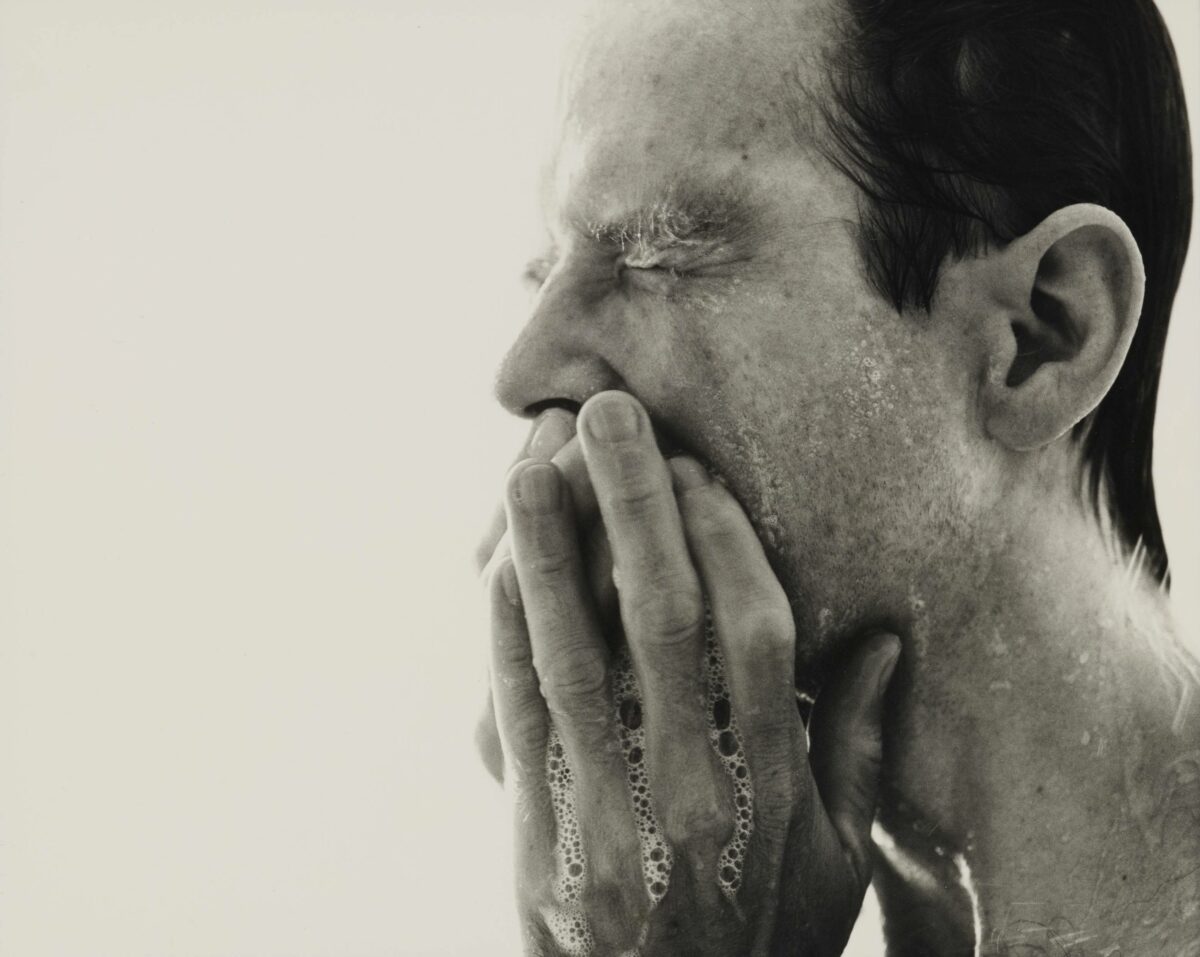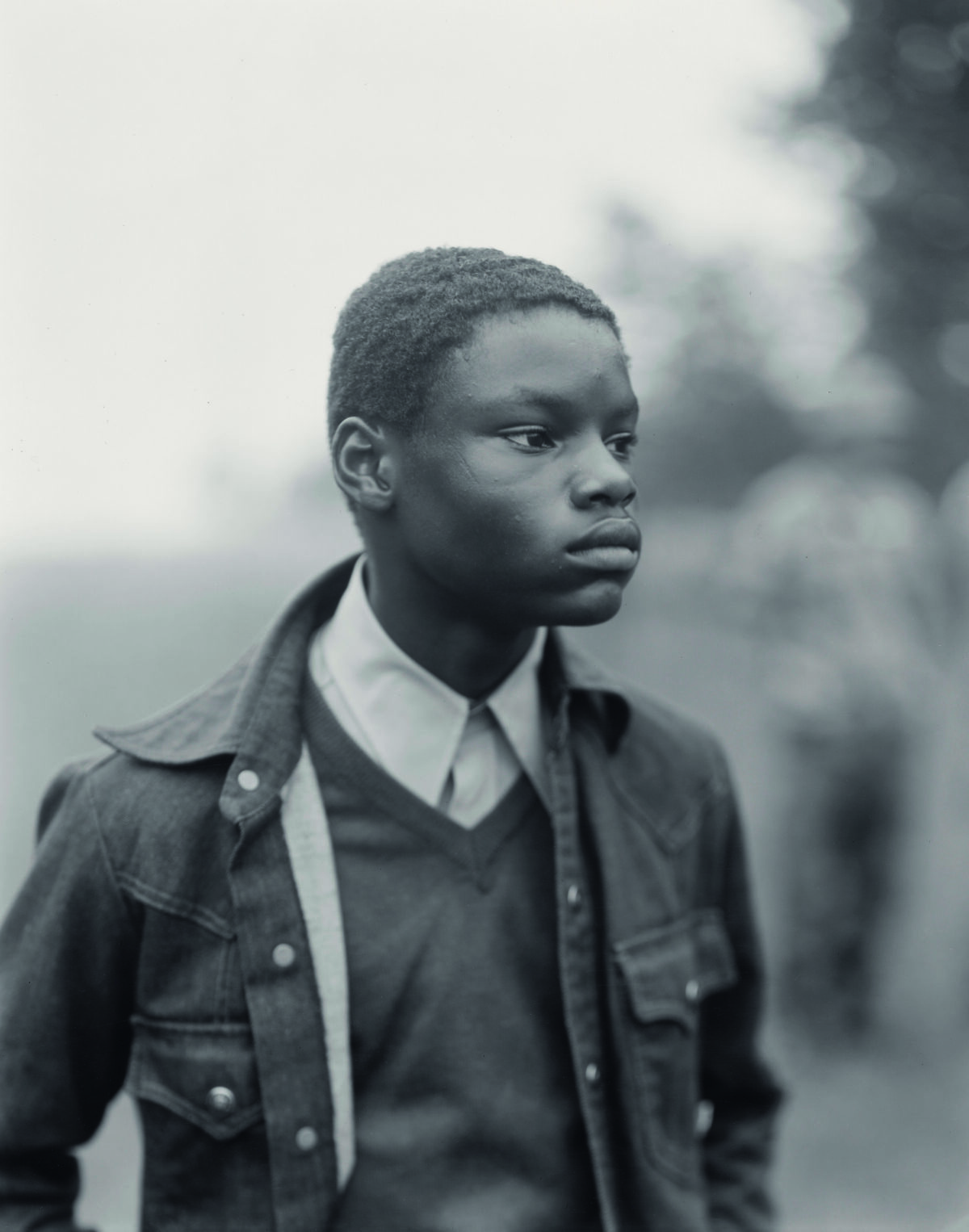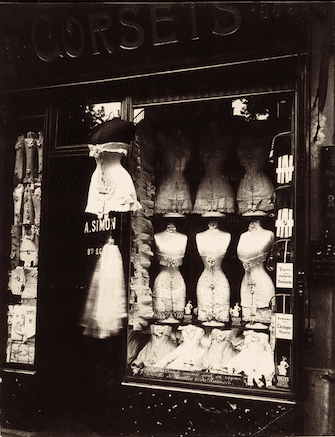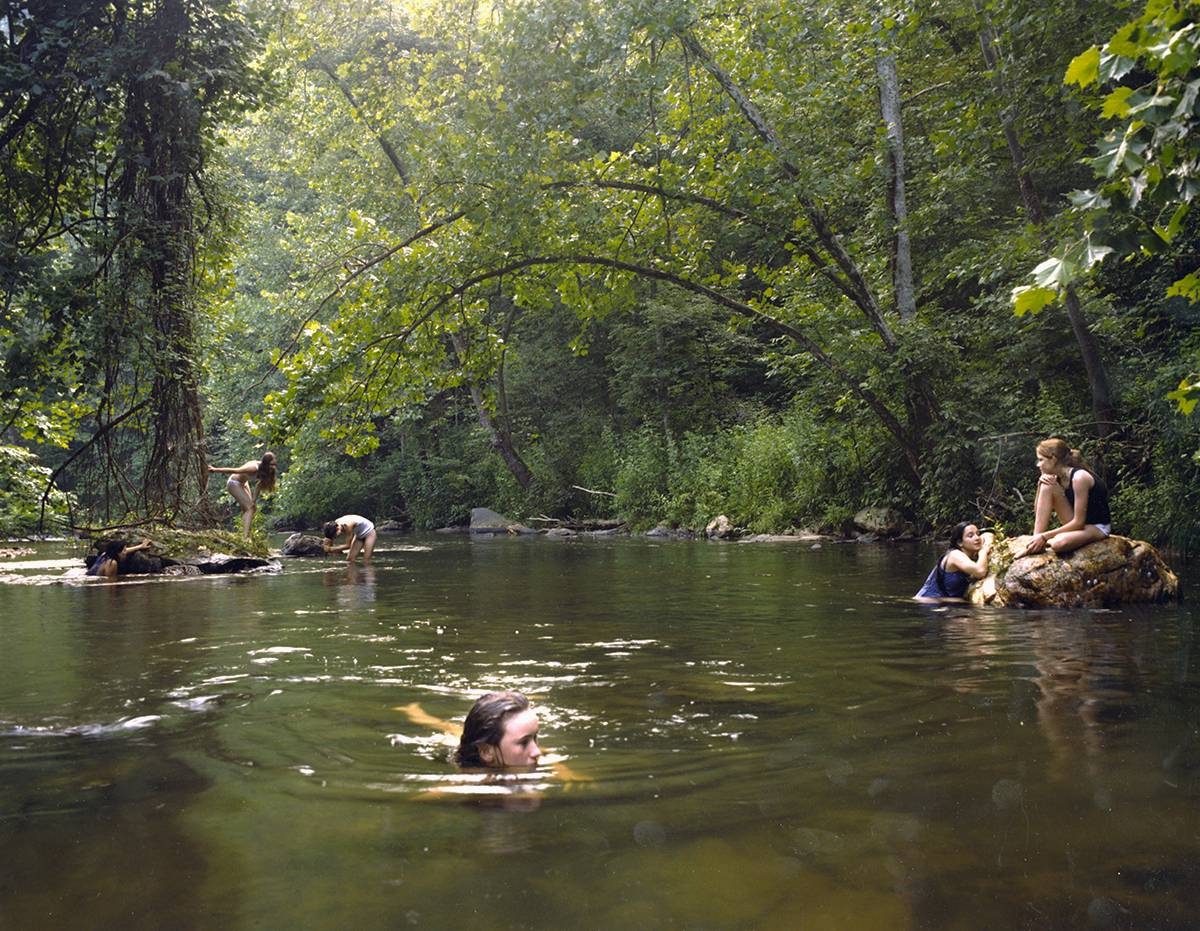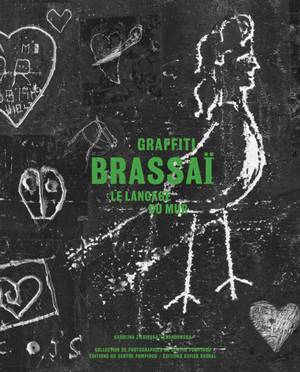

One day in 2012, after President Barack Obama’s reelection, Justin Kimball got into his truck and took to the road to look for America among the mill towns of Massachusetts, New York, Pennsylvania, and West Virginia.
Four years later, the result of his journeys was Elegy (Radius Books, 2016), a photo book whose 87 images document American working-class towns ravaged by the recession, outsourcing, and the loss of middle-wage jobs. A number of images from the project are on view through March 24 at the Gershman Y in Philadelphia (organized by the Philadelphia Photo Arts Center) and the Rhode Island School of Design Museum in Providence through July 8.
Each 30×40-inch print draws the viewer into a small-town world on the brink of financial and physical ruin. Balancing, in Kimball’s words, “the political and the poetic,” the photographs are identified by street name – from Liberty Street and West Frack Street to Stateline Highway 5 and Whiskey Hill Road – without including the names of the towns, an anonymity that underscores the ubiquity of the problem.
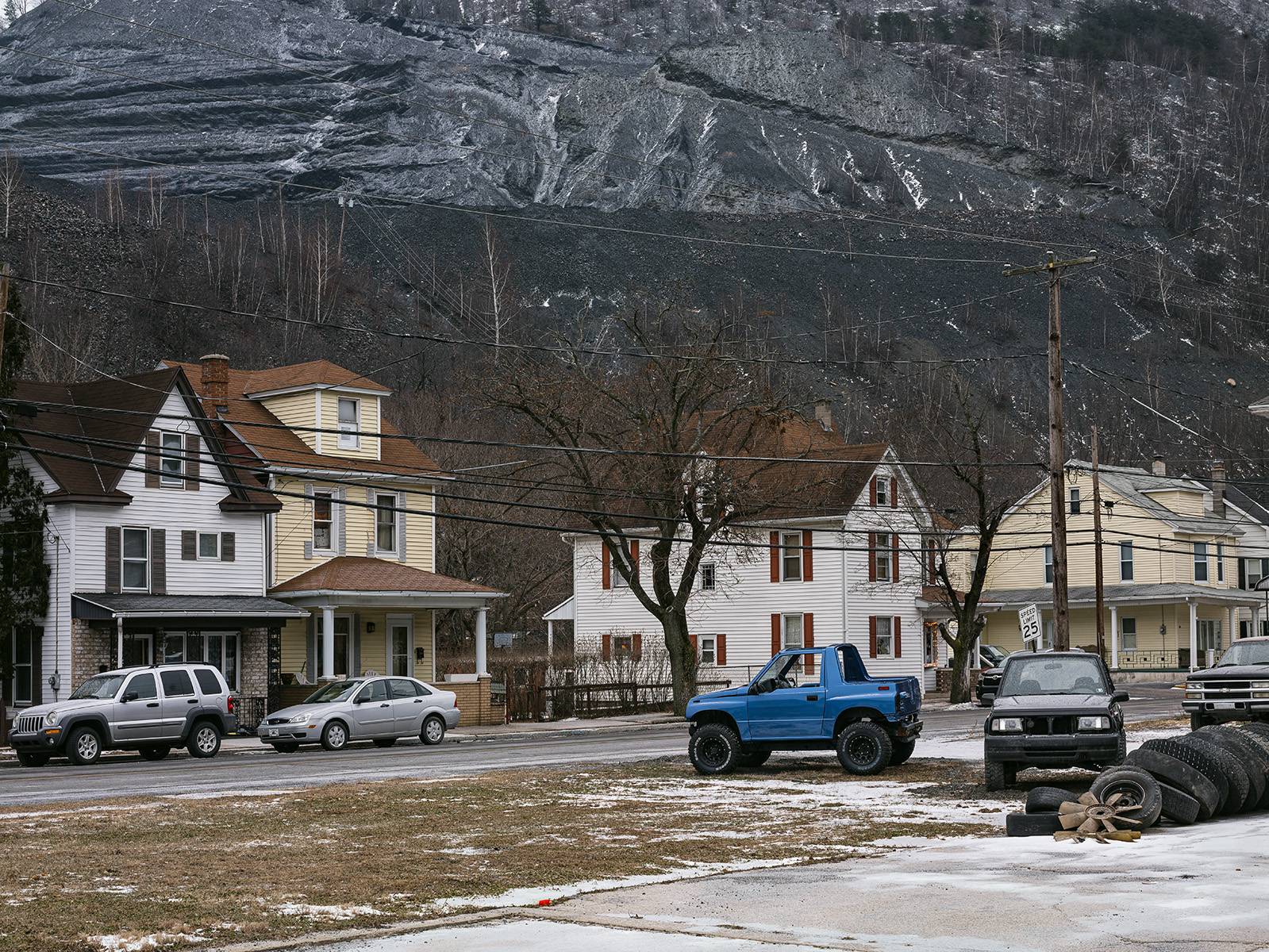

The clarity of Kimball’s dense compositions allows us to observe ever finer visual layers in the shadows of the abandoned buildings, cracked asphalt in parking lots, patches of grass and snow. His images of houses on the verge of collapse achieve the quiet intimacy of portraits, personifying their inhabitants, hiding strata of history in their crooked facades. Each frame compresses the details of economic decay – peeling vinyl siding, mossy gables, shattered panes, weed-infested aboveground pools – into melancholy tableaux punctuated by commercial signage, American flags, and graffiti (“God is Dead”).
But the more time we spend in Kimball’s towns, the more the poetic inflection of his images begins to overshadow the socio-political implications of the project. The desolate streets seem to coalesce into a single anonymous town, inhabited by jittery teenagers, thrift shoppers, men with their trucks, mothers soothing babies, all of them unique but radiating a similar mood of melancholy and struggle, while the ocassional railroad tracks fail to promise a way out.



